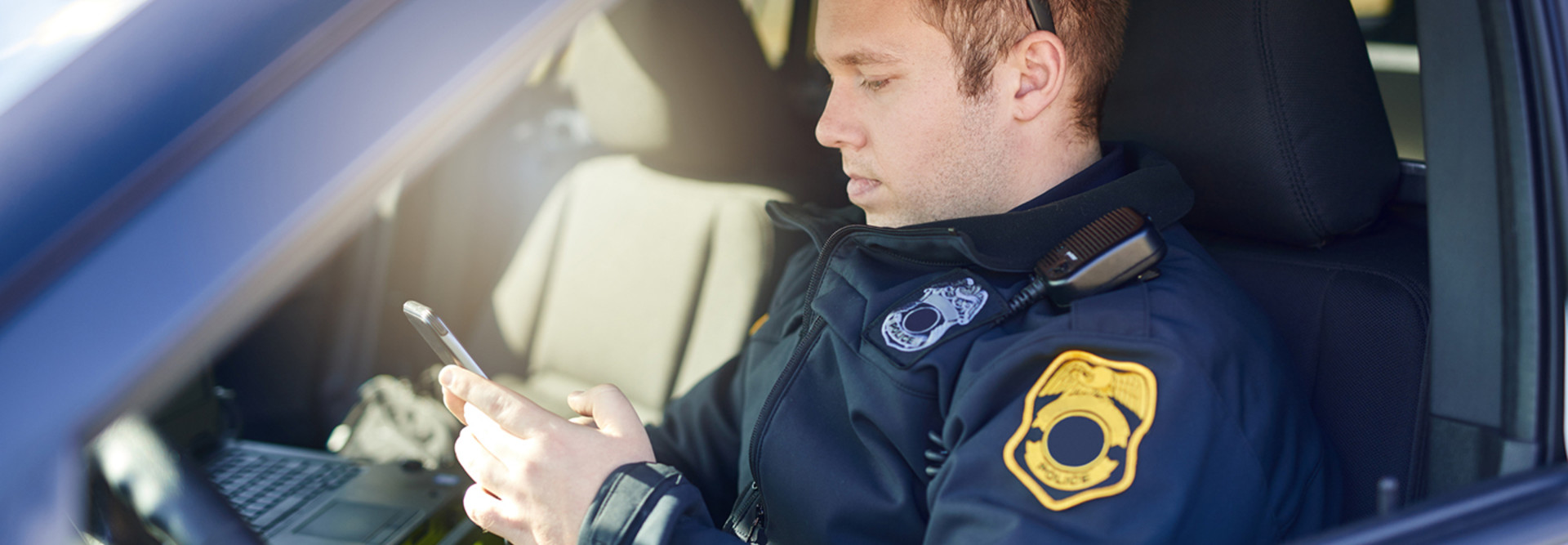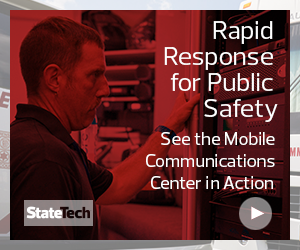The lab signifies that Verizon intends to take a leadership role in the deployment of 5G for first responders and will also serve as a window into how public safety technology will evolve in the years ahead. The fifth generation of cellular technology promises to deliver speeds 10 times faster than 4G LTE and cut latency to milliseconds.
“First responders should have the absolute best, most effective technologies available to them as they protect our communities and respond to emergencies large and small,” said Toby Redshaw, Verizon’s senior vice president of strategy, innovation and product development, in a press release. “Our 5G First Responder Lab will give technology innovators the opportunity to develop applications and use cases that leverage the unique capabilities of 5G, and to bring those solutions to market more quickly.”
MORE FROM STATETECH: Find out how 5G networks will impact smart cities.
Verizon Invites Innovators to Test Out 5G for Public Safety
The lab is located in a space owned by Alley, a membership community for entrepreneurs with locations in multiple states, all of which use Verizon’s 5G network, Government Technology notes.
According to Verizon, the lab will bring together a total of 15 innovators in three separate cohorts to develop public safety solutions over a one-year period. Each three-month cohort will give five first responder technology developers access to the lab and its 5G network. The entities testing their technology will also have the opportunity to collaborate with Verizon and Responder Corp on 5G use case testing, insight creation and go-to-market strategies. Applications are open now through Dec. 31, 2018, for the first cohort at the lab.
The lab’s website lists several uses that are likely going to be of interest and be accepted into the lab program, including critical communications, indoor location and situational awareness, virtual reality, drones and robotics, predictive analytics and artificial intelligence and machine learning.
“Verizon and ResponderXLabs are committed to delivering those vital capabilities as soon as possible,” the lab’s website states. “5G First Responder Lab will help deliver that commitment by working alongside boots-on-the-ground to identify the most pressing needs, and the global entrepreneurial community to source the leading solutions.”
As Lindsay Notwell, senior vice president of 5G strategy and global carrier operations at Cradlepoint, notes in StateTech, there are numerous potential use cases for 5G in public safety.
“With gigabit LTE and 5G capabilities, police will be able to take advantage of advancements in facial recognition without major hardware upgrades and improve the accuracy of tools used to read the license plates of cars in motion,” Notwell says.
Another area Notwell highlights is that 5G networks will serve as the backbone for a much wider deployment of Internet of Things sensors.
“We can expect to see a major uptick in IoT device adoption for first responders as new sensor-based tools become available,” Notwell says. “For example, an IoT sensor might be employed in a police vehicle to alert headquarters when a shotgun is pulled from a squad car rack. The sensors will alert operations that the weapon has been put into use and allow operations to tap into the cameras to see what’s happening.”
5G networks are also expected to enable first responders to cut down on trips back to stations and headquarters and do more from the field. “But with 5G and IoT, officers will be able to include larger audio and higher-resolution video files in their reports,” Notwell adds.
“Moreover, information in reports will be accessible for official queries from anywhere in the country. Descriptions, patterns and behaviors will be more easily cross-referenced and used by other agencies.”








.jpg)



